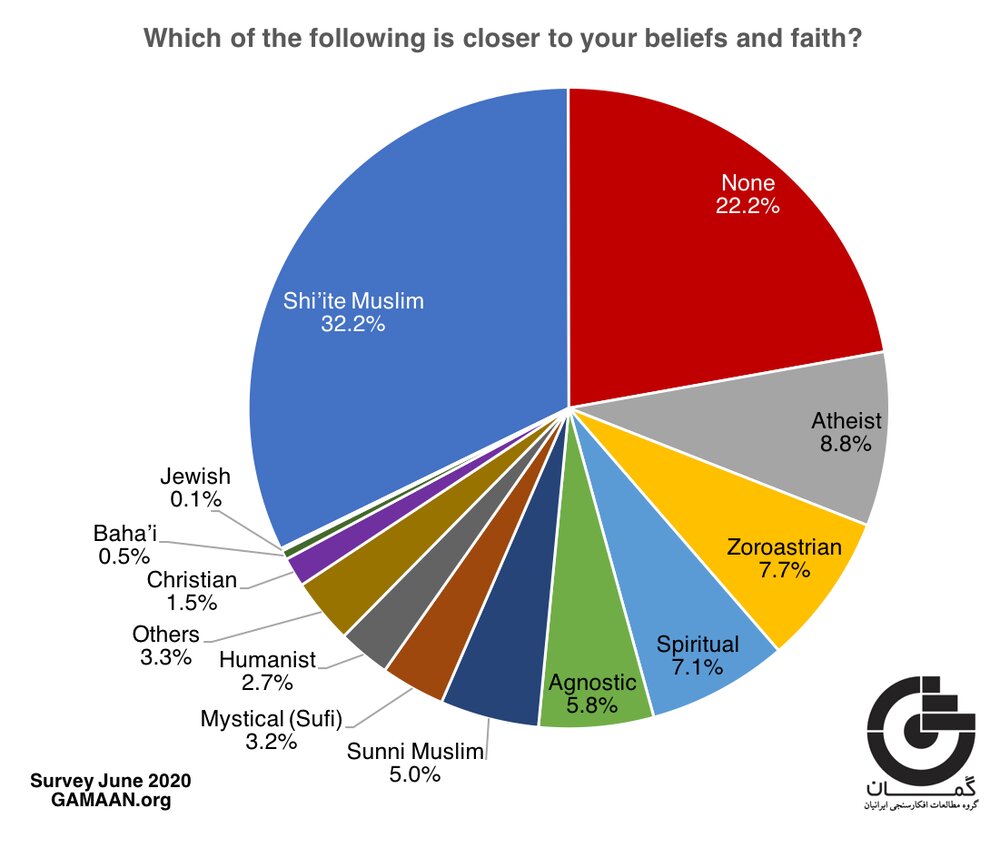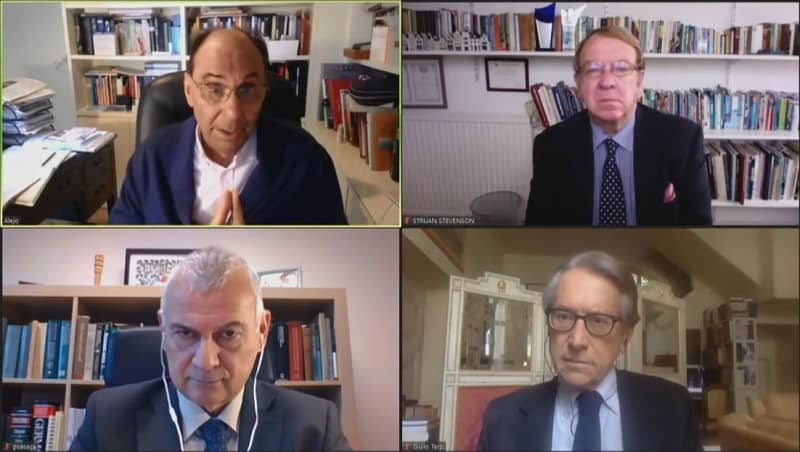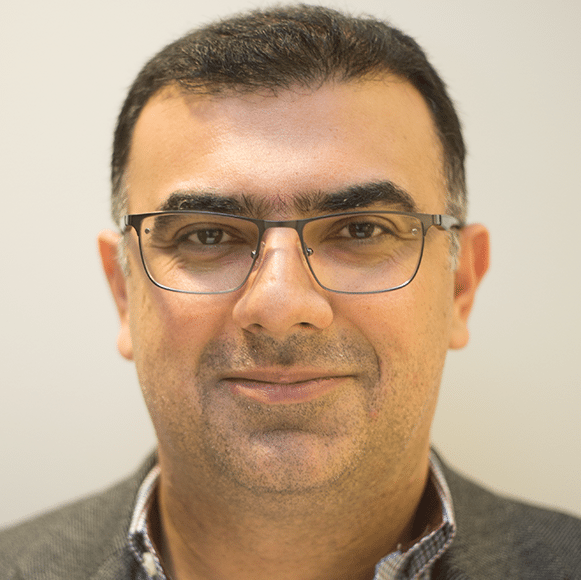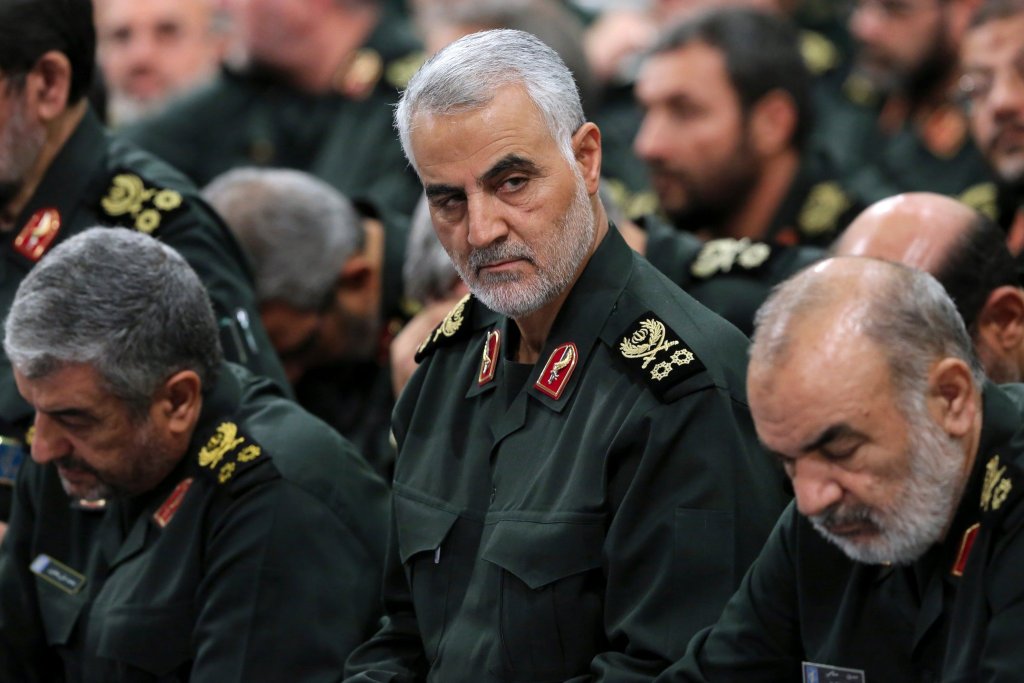با طرد خائنان از صفوف ملت و سامان دهی اپوزیسیون ملی- مردمی و دموکرات، جدیتر از گذشته برای گذار به دموکراسی بکوشیم
پذیرش آتشبس از طرف دولت اسرائیل و جمهوریاسلامی این امید را بوجود آورده که جنگ دوازده روزه بین دولت های اسرائیل و ایران به پایان رسیده است. این جنگ مخرب بر بستر سیاست خارجی ستیزهجوی جمهوری اسلامی و خطاهای بزرگ خامنهای با تجاوز نظامی و توسعهطلبی دولتهای اسرائیل و آمریکا شروع شد.
«همبستگی جمهوریخواهان ایران» آتشبس را موفقیت مردم ایران دانسته که هوشیاری، درایت و آگاهی تحسینبرانگیزی از خود نشان داده و انسجام ملی علیه تجاوز خارجی را به نمایش گذاشتند. به باور ما بعد از صلح باید جدیتر از گذشته برای پیشبرد گذار به دمکراسی و انتقال قدرت به نمایندگان مردم کوشید.
ناتوانی جمهوری اسلامی در بازدارندگی در برابر تعرض به کیان کشور و شکست اطلاعاتی سنگین و خطاهای محاسباتی شدید بیکفایتی این نظام برای اداره کشور و دفاع از منافع ملی و امنیت ایران را بیشتر بر پرده آفتاب افکند. این جنگ تحمیلی که بر بستر برنامهریزی دیرینه دولتهای اسرائیل و آمریکا و اشتباهات جمهوری اسلامی رخ داد، خائنان رسوخکرده در صفوف ملت و مدافعان مداخله نظامی خارجی را نیز رسوا کرد.
«هجا» ضمن ابراز همدردی با خانوادههای درگذشتگان غیرنظامی و سربازهای نظام وظیفه اعلام می کند که دولتهای نتانیاهو و ترامپ در قبال خونهای به ناحق ریخته شده آنها مسئولیت حقوقی و اخلاقی داشته باید پاسخگو باشند. حملات نظامی اسرائیل و امریکا برخلاف قوانین بینالمللی و ناموجه بود. «هجا» همچنین به جمهوری اسلامی هشدار میدهد که از امنیتیکردن فضای سیاسی و عرصه عمومی خودداری کرده و از موقعیت ایجاد شده برای تصفیهحساب با مخالفان و منتقدان سیاسی و نیروهای جامعه مدنی بهرهبرداری نکند. در این فضا بیش از گذشته باید از حذف مجازات اعدام و شکنجه حمایت کرد.
هیئت سیاسی – اجرایی همبستگی جمهوریخواهان ایران
٣ تیر ١٤٠٤ برابر با ٢٤ ژوئیه ٢٠٢٥






